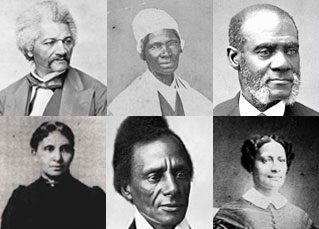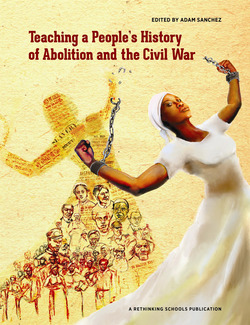In 1831, locally renowned educator Prudence Crandall opened a private school for girls in Canterbury, Connecticut, the Canterbury Female Boarding School. In 1832, Sarah Harris, a young Black girl whose father distributed the abolitionist newspaper The Liberator, asked Crandall to be admitted to her school and she was accepted, unwittingly desegregating the Canterbury Female Boarding School. On April 1, 1833, according to a National Park Service article, Crandall reopened the the Canterbury School to be an all-Black female school.
 Prudence Crandall House, Canterbury, Conn. Photo by Jerry Dougherty. Source: Public domain |
 Prudence Crandall House, Canterbury, Conn. Photo by JJBers. Source: Public domain |
The response from the state and its white supremacist coffers was immediate. The Connecticut “Black Law” was enacted on May 24, 1833 to prevent “the instruction of colored persons belonging to other states and countries, which would tend to the great increase of the colored population of the State, and thereby to the injury of the people.”
According to an article by Karen Board Moran at Worcester Women’s History Project,
By breaking this law, “Crandall was arrested, spent one night in jail, and faced three court trials while her students courageously faced more than a year of increasing harassment. Though the final court case was dismissed in July of 1834 due to lack of sufficient evidence, a mob attack on the academy on the evening of September 9, 1834 forced Crandall to close the academy,” according to the Crandall Museum.
Connecticut repealed the “Black Law” in 1838 and abolished slavery in 1848. Read the full text of the 1833 Connecticut “Black Law” here.
Additional Resources
Prudence Crandall Fights for Equal Access to Education by Diana Moraco (2021, ConnecticutHistory.org)
Chains of a Stronger Kind The Trials of Prudence Crandall and the Limits of African-American Freedom in Antebellum New England by Julia Bernier (2011, CUNY City College)










Twitter
Google plus
LinkedIn